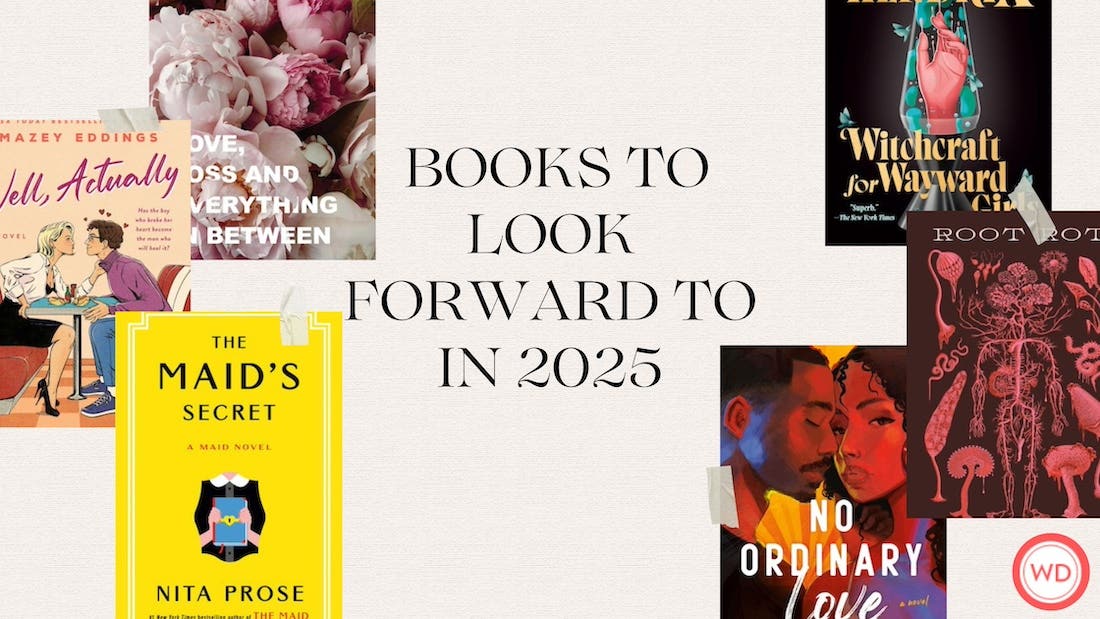When to Use a Semicolon
Q: I would like some help on the use of the semicolon in sentences. —Roger L. A: The semicolon is a tricky beast, but it does serve specific purposes in…
Q: I would like some help on the use of the semicolon in sentences. —Roger L.
A: The semicolon is a tricky beast, but it does serve specific purposes in sentence structure. Before getting to its uses, it's best to understand what the semicolon really is.
The semicolon is a hybrid of a period and comma. Its construction, according to WritersDigestUniversity's former Education Services Manager Joe Stollenwerk, suggests its intention to be stronger than a comma, but not as final as a period.
The four main uses for a semicolon are:
1. To join independent clauses when the comma/coordinating conjunction construction would be stylistically weaker. Dancing is for the birds; the Chicken Dance is for weddings.
2. Separating a statement from a question or a needed shift in mood. Stop goofing around; or should I tell your mother?
3. When the second clause of a compound sentence is introduced by a conjunctive adverb, a semicolon separates the clauses. I enjoy soccer; however, my favorite sport is baseball.
4. The semicolon separates series and clauses that contain internal punctuation (usually commas): My favorite places to hang out include baseball, football and soccer fields; restaurants and eateries; and Las Vegas.
Keep in mind that in the first three uses, the elements on both sides of the semicolon could stand alone as sentences. Semicolons can only connect independent clauses (unless rule 4 applies). As a little trick, substitute a period where you think the semicolon should go. If both elements are correct as sentences, they can be joined by a semicolon. If either element cannot stand alone as a complete sentence, a semicolon cannot be used to join them and you're better served with a comma.
Of course, not all writers love the semicolon. In fact, there are some folks who despise it—namely Kurt Vonnegut who once said, "Do not use semicolons. They are transvestite hermaphrodites representing absolutely nothing. All they do is show you've been to college."
Writer's Digest wants to go on record as saying we take no stance on the semicolon, for or against. It's our obligation to stay neutral on these matters. Though we definitely hate the interrobang?!
Want more?
- Pick up your copy of the Beginning Writer's Answer Book. For more details about the book, click here.
- Follow the WD Editors on Twitter:
@writersdigest
@BrianKlems
@JaneFriedman
@robertleebrewer
@JessicaStrawser
@ChuckSambuchino - Become a fan at our Facebook page








